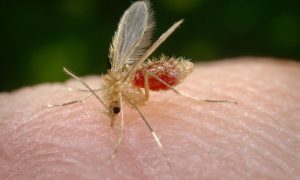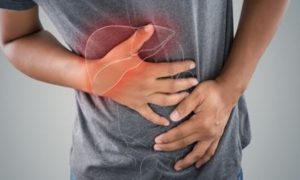Dr. Anita Mathew, Infectious Disease Specialist, Fortis Hospital, Mulund shares common monsoon diseases, their symptoms, and ways to understand the difference between COVID19 and other seasonal illnesses.
We are a month into Monsoon season that brings along quite a few waterborne, and airborne infections leading to diseases such as Diarrhoea, Cholera, Dengue, Typhoid, and other respiratory illnesses. With the similarity of these diseases in symptoms to COVID19, people may increasingly get confused as to whether they have the novel Coronavirus or a harmless cough or seasonal Diarrhoea
Dr. Anita Mathew, Infectious Disease Specialist, Fortis Hospital, Mulund shares common monsoon diseases, their symptoms, and ways to understand the difference between COVID19 and other seasonal illnesses.
- Dengue: Sudden high fever, Nausea, vomiting, Severe body ache, Low palette count, Aches and pains (eye pain, typically behind the eyes, muscle, joint, or bone pain), rashes.
- Chikungunya: High Fever, Severe body ache and Fatigue, chills, skin rash, acute joint pain (eye pain, typically behind the eyes, muscle, joint, or bone pain) Acute joint pain (abdomen, back of the eyes, joints, or muscles)
- Malaria: High Fever (Daily or alternate day), severe body ache, body chills, sweating, shivering or sweating, diarrhoea, fast heart rate, mental confusion, can cause jaundice.
- Viral Fever: Fever, fatigue, muscle, body and joint pain, weakness, body chills, dizziness, sweating, dehydration, feeling of weakness, loss of appetite.
- Leptospirosis: High-grade fever with chills, redness of the eye, breathing difficulty, kidney-related issues, jaundice.
- Coronavirus: Fever, dry cough, rash on the skin, discolouration of fingers or toes, aches and pains, difficulty in breathing or shortness of breath, tiredness, conjunctivitis, headache, loss of taste and smell, diarrhoea, sore throat, chest pain or pressure, loss of speech or movement.
- When a person is infected with monsoon diseases, they unknowingly spray tiny droplets of bacteria & viruses, that can be easily transmitted to others. This bacterium enters a healthy body through the hands, mouth, or nose in case they are not maintaining social distancing or standing close to an infected person. It takes around 16-48hrs for the bacterium to turn to asymptomatic infection. Thus, wearing face masks, maintaining hand hygiene, and social distancing are paramount, especially in these COVID times.
Tips to Follow to Stay Away From Diseases
It is important to note that there is no cause to worry, and you can enjoy the rainy season if you are cautious, and take the necessary precautions. However, if you observe any changes in your body, especially the symptoms mentioned above, immediately consult the doctor. Don’t forget that any delay can cause undesired complications.
Also, do not indulge in self-medication. Take these precautionary measures to stay protected and safe.
- Try to keep your home and surroundings mosquito-free
- Use a mosquito repellent and wear full-sleeved clothes while stepping out
- Avoid visiting crowded places to reduce your risk of viral infections
- Drink only boiled water
- Consume fresh homemade food
- Make sure your home is well ventilated
- Washing hands before eating any food
- Avoid touching your nose and mouth with your hand without washing them
Having said that, it will be dangerous to let your guard down. We are already contemplating the arrival of the third wave soon. It is always better to be safe than sorry. Play safe this monsoon, eat a healthy diet and keep yourself away from mosquito bites. However, if you or a family member especially children suffer from any illness, do not take it lightly. Many symptoms can be misleading and need medical attention.

































